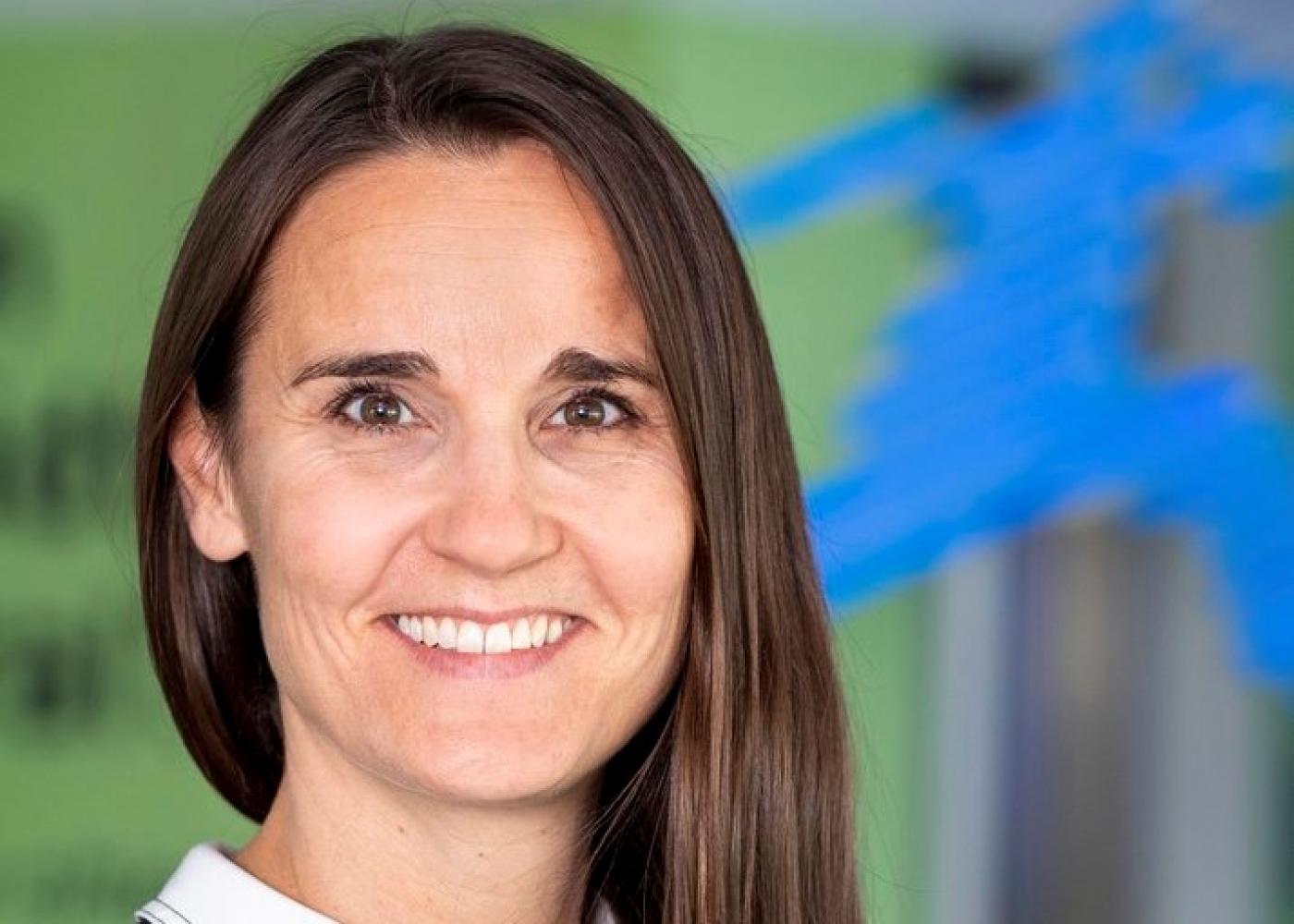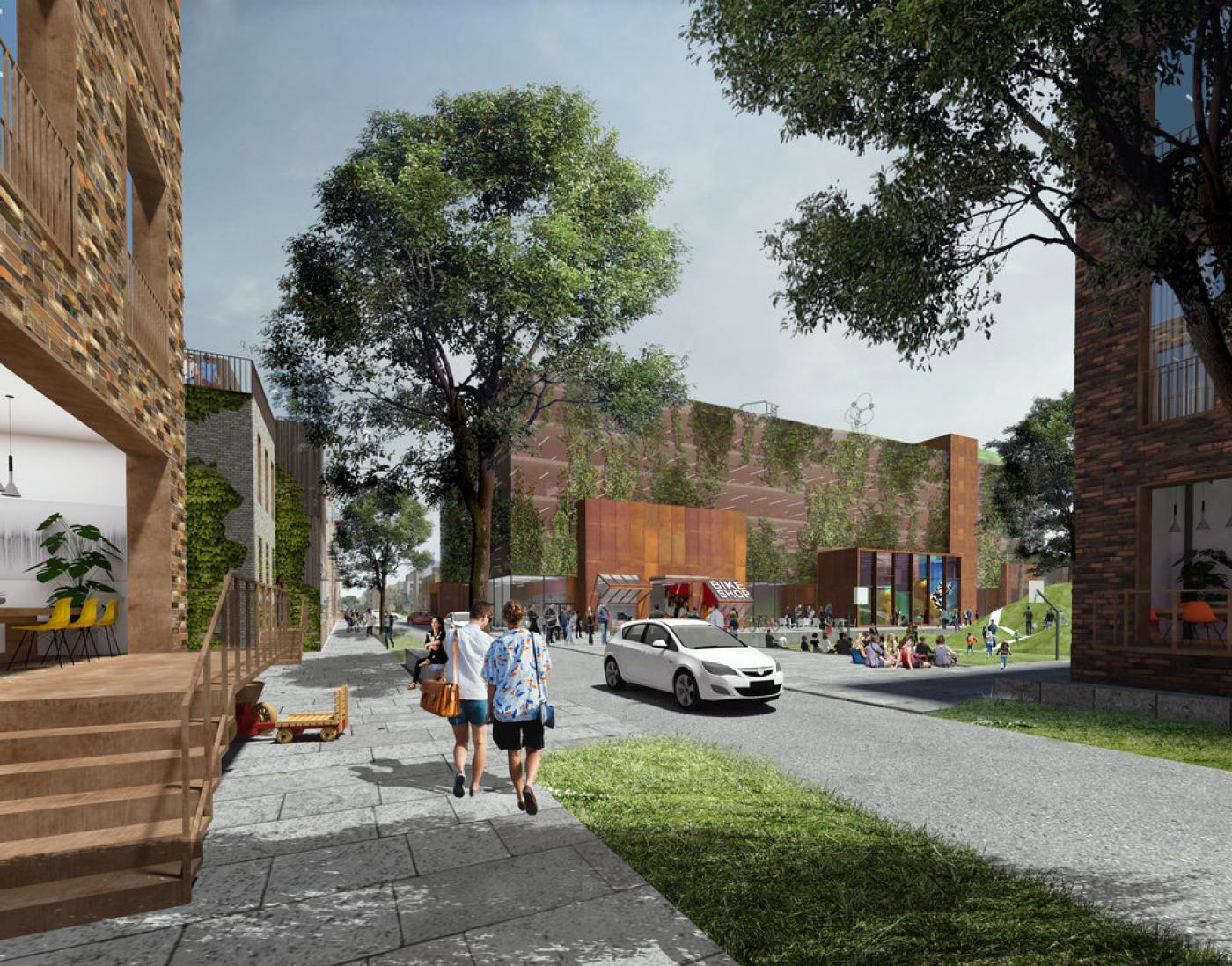"Supplying energy to an entire suburb by using wastewater heat is a first," said Karen Pein, Managing Director of IBA Hamburg. "It all started with an analysis of the potential of local energy sources for use. We initially focused on two sources, the Feldhofe silt landfill in Bergedorf and the large sewage canal that runs through the Vier- und Marschlande region to the Port of Hamburg and into which a small Smart car would easily fit." As the use of the Feldhofe sludge landfill has yet to be clarified, the decision to use wastewater for heating was at hand. The technique has already proven to be a forward-looking method of using the energy potential of water, but has not yet been implemented on such a scale.
Hamburg's 105th suburb, Oberbillwerder, is being built in the east on 292 acres of land still used for agriculture. Living, working, education and leisure are undergoing vast change there. The suburb is to be supplied entirely with regeneratively generated heat, 90 per cent of which will be produced on site for climate-neutral and CO2-free heating. This ambitious goal is being pursued in co-operation with KpHG Kommunalpartner Hamburg GmbH. IBA Hamburg GmbH secured the heating and cooling concession in April with an energy supply concept focusing on the use of wastewater heat.
Using local sources of energy

Photovoltaic systems to supply power
"That will become our main source of energy in Oberbillwerder. The plans foresee a biomethane boiler and a power-to-heat plant as backup" The wastewater will be sourced for heat pumps that enable heat-cold coupling i.e., they can heat apartments and cool offices or supermarkets. "The electricity for the heat pumps is generated by photovoltaic systems. This approach offers a high level of supply security and price stability - an issue that has been important not only since the war in Ukraine," ," Pein noted. Oberbillwerder will ultimately become a vibrant district with 6,000 to 7,000 residential units - a mix of condominiums and rental flats as well as offers for building communities. Around 4,000 to 5,000 jobs will be created there.

Keen professional interest
Initial development work is scheduled for early 2024, and building could start in 2026. "There has been plenty of professional interest since our press conference," said Pein. The development of a suburb that is as climate-neutral as possible is attracting attention. Other approaches would feature green roofs and façades to buffer overheating in the district. Other buffer areas would retain rainwater and even in heavy rainfall. Lina Boysen, a sustainability manager at IBA Hamburg and who also monitors the award procedure, ensures that everything goes according to plan.

Focus on sustainable building
"We have flexible contracts with our concessionaires. We want to be open to innovation throughout the implementation phase That requires ongoing checks for readjustment. However, we look to see whether new research findings will allow us to achieve our goals even better." IBA Hamburg sets high standads, Pein stressed. "From the very beginning, we have pursued a concept for particularly sustainable construction, and in 2019, the German Sustainable Building Council presented us with the platinum pre-certificate." Now that the contract has been signed, Pein and Boysen are thrilled by the opportunity to actually implement it.
ys/sb/kk/pb

Sources and further information
More
Similar articles

Climate expert Mojib Latif: Moving from knowledge to action

Cluster Erneuerbare Energien Hamburg announces new strategy

Future of downtown Hamburg
